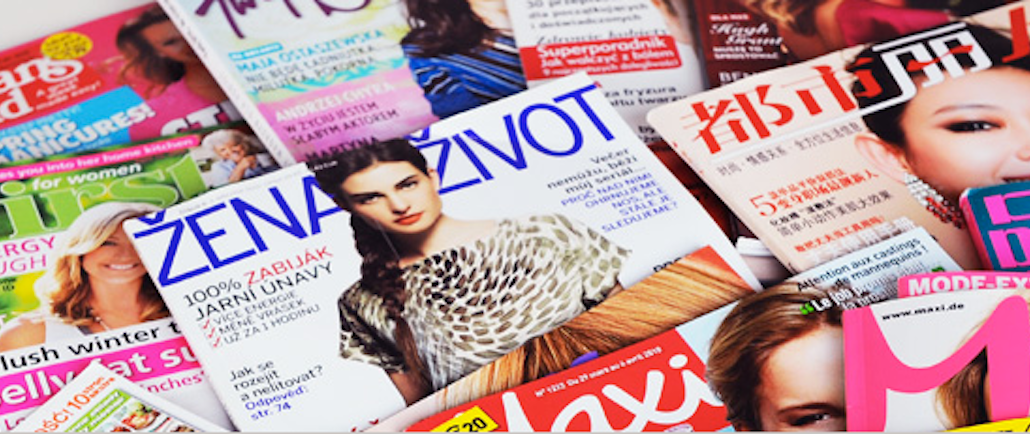
Bauer Media’s U.S. division may be a giant in the magazine world, but as of two years ago it barely had a digital footprint. It’s slowly but surely turning that around.
Unlike many print publishers busy building a digital DNA into their core print operations, Bauer Media U.S. is taking a different approach. Last month, it launched Bauer Xcel Media, a division focused on the digital side of its celebrity-focused print properties, which include teen mag J-14 and Life & Style.
Its first major unveiling is a new design for entertainment site InTouchWeekly.com, which aims to apply the magazine’s successful print formula to the Web. The site, which launches today, takes its cues from digital publishing’s best practices, including continuously scrolling article feeds (like those at Quartz and Time.com), and Vox Media-like full-bleed images, which it says offers advertising experiences akin to what brands can get in magazines. The new InTouchWeekly.com, which gets 80 percent of its visitors through mobile (and 50 percent via social) is also designed with mobile reading in mind.
“The big challenge for us was that we had all these brands, but online they had no reach,” said Bauer Xcel Media president Christian Baesler. “We could have invested a lot of money upfront to build a sales team and hire editors to play the traffic game, but it would have been risky to go in that direction.”
So instead, Bauer Media U.S. decided to take a leaner approach by slowly scaling its digital arm. While it has increased its global traffic from 2 million to 26 million monthly uniques in two years, it has done so with a skeleton crew of just 12 editors across its digital properties. And their publishing metabolism is small but ambitious. Bauer Xcel pushes InTouch Weekly, for example, to publish between eight and 10 articles a day, with the goal that the posts will get 500,000 unique visitors each.
Building the sales side of its digital operation wasn’t as straightforward. The problem is that Bauer Media U.S. is almost exclusively in the business of moving magazines at newsstands, where it gets the vast majority of its revenue. That business model is harder to pull off on the Web, where most publishers are getting the bulk of their revenue from advertisers, not directly from readers. So instead of building a dedicated sales team, Bauer Media U.S. started by selling its inventory exclusively through networks and exchanges.
Baesler said that all of this is a large part of why it took Bauer Media U.S. so long to get serious about digital, and why it decided to start a division separate from its existing print arm. “We waited because we didn’t have the need to go digital or see the potential to build a profitable business,” he said.
Still, Bauer Media U.S. is late to the game compared to more advanced digital competitors like MailOnline, People and US Weekly, which comScore says get 41 million, 26 million and 23 million unique visitors a month in the U.S., respectively.
Media buyers, however, aren’t convinced that Bauer Media U.S. should throw in the towel. Vogue, for example, didn’t launch its website until 2009, long after competitors like Elle and InStyle.
“I’m a big believer that as long as you have a compelling product, it doesn’t matter when it’s introduced,” said Linda Lydon, media director at AMP. “InTouch is so well-known that they put the right type of marketing and have a strong product, they’ll be fine.”
More in Media

WTF is behind the explosion of faceless creators?
Brands are rapidly increasing their spending on faceless creators, showing the unique benefits of working with this type of influencer.

In Graphic Detail: As ‘Grow a Garden’ booms, a new report shows the marketing power of Roblox
The explosive growth of “Grow a Garden” has brought new attention to Roblox — and rejuvenated marketers’ interest in its advertising power.

Brand deals surge for golf creators as the sport’s popularity spikes
Golf is booming, and so is influencer marketing. As a result, golf creators are signing an unprecedented number of brand deals in 2025.






